
1. Press the F2 key or DEL key to enter BI when the USB disk installation system is turned on.OS system, select USB HDD SanDisk Cruzer Edge, that is, you choose to boot from the USB flash drive. The next time you start it, you will automatically read the information from the USB flash drive for system installation.
2. Install the USB disk system, press the USB disk startup shortcut (FF2) when the computer is turned on, and then you can enter the USB disk installation tool, and then proceed to the installation process of the USB disk installation system. After the installation is completed, it will automatically restart and automatically enter the computer desktop.
3. After the setting is completed, press the F10 key to save, and then press the ESC key to exit. Restart the computer to enter the USB disk boot interface. USB disk is the abbreviation of USB disk, which is also called USB disk according to the consonant. USB flash drive is a kind of flash memory, so it is sometimes called flash drive.
4. Insert the USB flash drive into the computer, restart and press Del or F2 or F1 or F10 or esc and other keys to enter the BIOS interface. Under the boot item selection menu interface, select the usb item and press the Enter key to enter the USB disk reinstallation page. Reinstalling the system can solve some problems caused by viruses and various system problems for unknown reasons.
1. Method 2, press the power-on key to start up, and press the f2 key to enter the bios setting interface when starting up. As shown in the figure below, you can select Boot Option #1 and change it to the boot disk. Then press F10, save the settings, and restart to start from the boot disk.
2First of all, press the F2 key to enter the BIOS interface. Note: After the UEFI BIOS model enters the BIOS homepage, please press the F7 key to enter the Advanced settings page.
3. Due to the different motherboards of the computer, the method of entering the BIOS is not necessarily the same, but generally, when you just press the power-on button and press the F2 or F12 or enter or DEL key when the motherboard interface appears, please search for your computer motherboard model and how to enter the BIO. S.
1. Plug the USB disk into On the computer with the system installed, press delete (F1FF9, slightly different depending on the computer) to enter the BOIS settings after booting, and set the firstbootdevice to USB (or with USB) in the boot item (some say startup) Press F10 to save the word item.
2. There are two ways to install the system with a USB flash drive on a desktop computer: the first method: plug the USB flash drive into the USB port of your computer, and press the F2 key or DEL key when turning on to enter the BIOS system;Note: Depending on the machine model, the button to enter the BIOS may be different.
3. It is more and more convenient to use the USB disk to install the system, because the desktop motherboard supports the selection of the USB disk to start through shortcut keys, generally starting with F, but different desktops are different when pressing F, some F12, some F11, and some may need to enter the bios to modify the option.
4. Shortcut key to enter the USB flash drive installation system. First, plug the USB flash drive into the computer, and then turn on or restart the computer. When the system restarts, press the F12 shortcut key continuously. Of course, the shortcut keys of different brands of computers will be different. You can refer to the details shown in the figure below.
OKX Wallet to exchange-APP, download it now, new users will receive a novice gift pack.
1. Press the F2 key or DEL key to enter BI when the USB disk installation system is turned on.OS system, select USB HDD SanDisk Cruzer Edge, that is, you choose to boot from the USB flash drive. The next time you start it, you will automatically read the information from the USB flash drive for system installation.
2. Install the USB disk system, press the USB disk startup shortcut (FF2) when the computer is turned on, and then you can enter the USB disk installation tool, and then proceed to the installation process of the USB disk installation system. After the installation is completed, it will automatically restart and automatically enter the computer desktop.
3. After the setting is completed, press the F10 key to save, and then press the ESC key to exit. Restart the computer to enter the USB disk boot interface. USB disk is the abbreviation of USB disk, which is also called USB disk according to the consonant. USB flash drive is a kind of flash memory, so it is sometimes called flash drive.
4. Insert the USB flash drive into the computer, restart and press Del or F2 or F1 or F10 or esc and other keys to enter the BIOS interface. Under the boot item selection menu interface, select the usb item and press the Enter key to enter the USB disk reinstallation page. Reinstalling the system can solve some problems caused by viruses and various system problems for unknown reasons.
1. Method 2, press the power-on key to start up, and press the f2 key to enter the bios setting interface when starting up. As shown in the figure below, you can select Boot Option #1 and change it to the boot disk. Then press F10, save the settings, and restart to start from the boot disk.
2First of all, press the F2 key to enter the BIOS interface. Note: After the UEFI BIOS model enters the BIOS homepage, please press the F7 key to enter the Advanced settings page.
3. Due to the different motherboards of the computer, the method of entering the BIOS is not necessarily the same, but generally, when you just press the power-on button and press the F2 or F12 or enter or DEL key when the motherboard interface appears, please search for your computer motherboard model and how to enter the BIO. S.
1. Plug the USB disk into On the computer with the system installed, press delete (F1FF9, slightly different depending on the computer) to enter the BOIS settings after booting, and set the firstbootdevice to USB (or with USB) in the boot item (some say startup) Press F10 to save the word item.
2. There are two ways to install the system with a USB flash drive on a desktop computer: the first method: plug the USB flash drive into the USB port of your computer, and press the F2 key or DEL key when turning on to enter the BIOS system;Note: Depending on the machine model, the button to enter the BIOS may be different.
3. It is more and more convenient to use the USB disk to install the system, because the desktop motherboard supports the selection of the USB disk to start through shortcut keys, generally starting with F, but different desktops are different when pressing F, some F12, some F11, and some may need to enter the bios to modify the option.
4. Shortcut key to enter the USB flash drive installation system. First, plug the USB flash drive into the computer, and then turn on or restart the computer. When the system restarts, press the F12 shortcut key continuously. Of course, the shortcut keys of different brands of computers will be different. You can refer to the details shown in the figure below.
 OKX Wallet Sign up
OKX Wallet Sign up
512.36MB
Check Binance US
Binance US
331.64MB
Check Binance login
Binance login
236.96MB
Check Binance exchange
Binance exchange
523.82MB
Check Binance APK
Binance APK
347.56MB
Check Binance wallet
Binance wallet
661.28MB
Check OKX Wallet to exchange
OKX Wallet to exchange
849.79MB
Check Binance download APK
Binance download APK
827.75MB
Check Binance Download for PC Windows 10
Binance Download for PC Windows 10
477.41MB
Check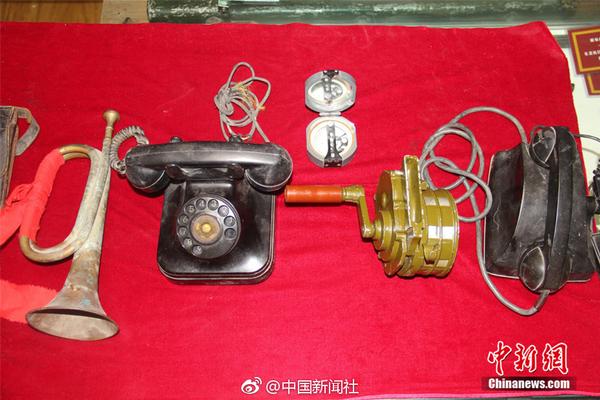 Binance app
Binance app
491.66MB
Check OKX Wallet apk download latest version
OKX Wallet apk download latest version
811.58MB
Check OKX Wallet login
OKX Wallet login
534.96MB
Check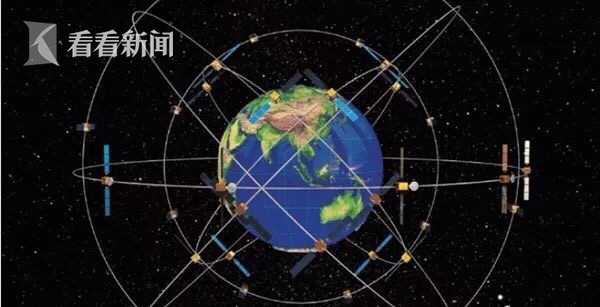 Binance US
Binance US
448.73MB
Check Binance APK
Binance APK
434.11MB
Check Binance wallet
Binance wallet
656.61MB
Check Okx app download
Okx app download
856.79MB
Check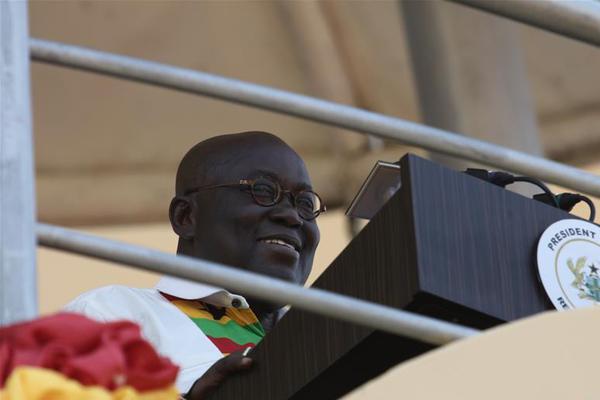 Binance download
Binance download
783.83MB
Check OKX Wallet Sign up
OKX Wallet Sign up
172.11MB
Check Binance wallet
Binance wallet
886.75MB
Check OKX app
OKX app
969.88MB
Check OKX Wallet Sign up
OKX Wallet Sign up
961.23MB
Check OKX Wallet
OKX Wallet
943.49MB
Check Binance Download for PC
Binance Download for PC
579.24MB
Check Binance wallet
Binance wallet
358.75MB
Check Binance app download Play Store
Binance app download Play Store
677.88MB
Check OKX review
OKX review
935.52MB
Check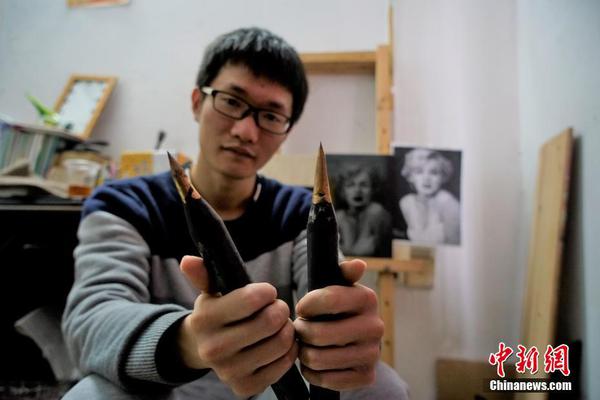 OKX Wallet login
OKX Wallet login
871.45MB
Check Okx app download
Okx app download
739.42MB
Check OKX Wallet apk download
OKX Wallet apk download
533.91MB
Check OKX Wallet app
OKX Wallet app
693.17MB
Check Binance login
Binance login
277.48MB
Check Binance wallet
Binance wallet
937.97MB
Check Binance Download for PC Windows 10
Binance Download for PC Windows 10
536.92MB
Check Binance APK
Binance APK
767.83MB
Check OKX Wallet
OKX Wallet
573.11MB
Check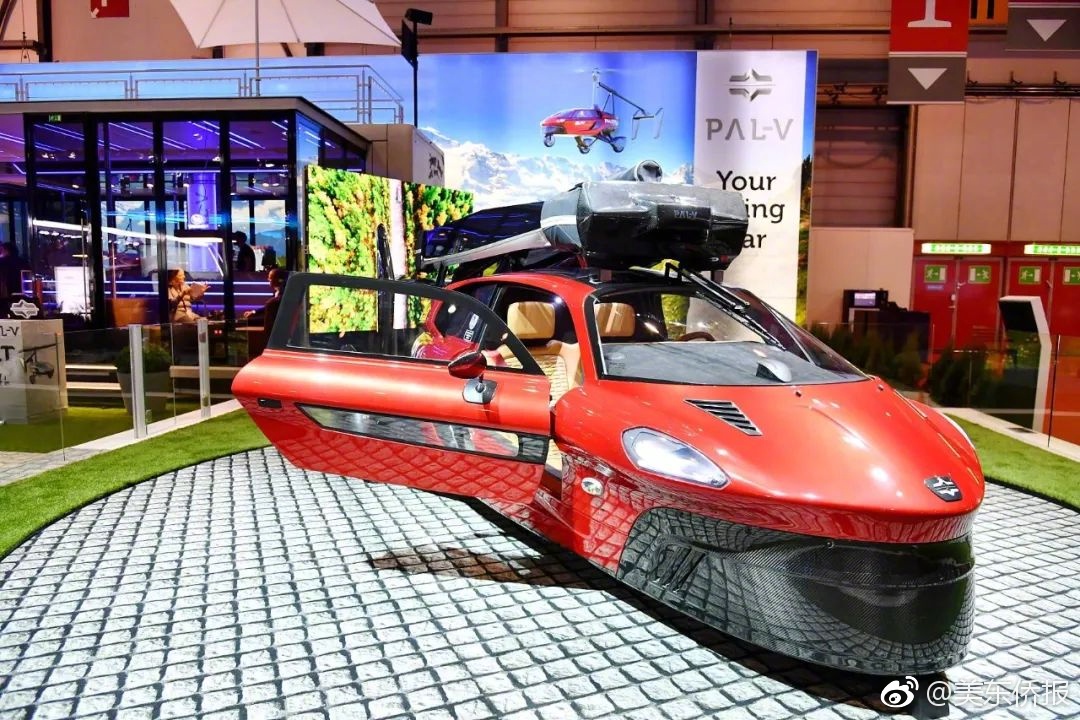 OKX Wallet download
OKX Wallet download
378.61MB
Check
Scan to install
OKX Wallet to exchange to discover more
Netizen comments More
849 妍姿艳质网
2025-02-28 09:49 recommend
1801 替天行道网
2025-02-28 09:11 recommend
1312 机关用尽网
2025-02-28 08:37 recommend
2379 如日中天网
2025-02-28 08:34 recommend
2337 云情雨意网
2025-02-28 07:32 recommend